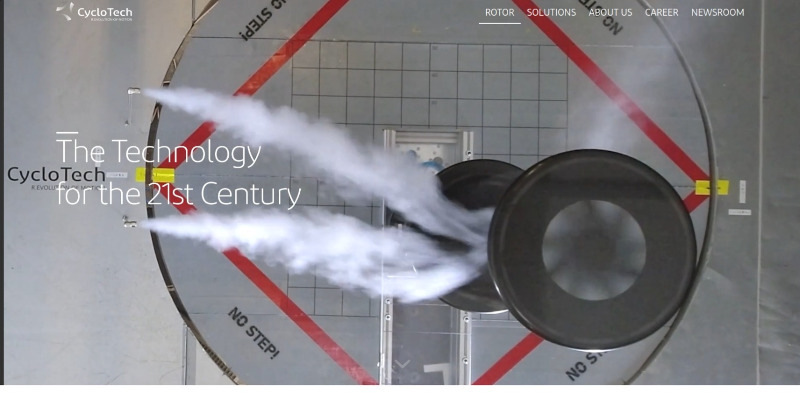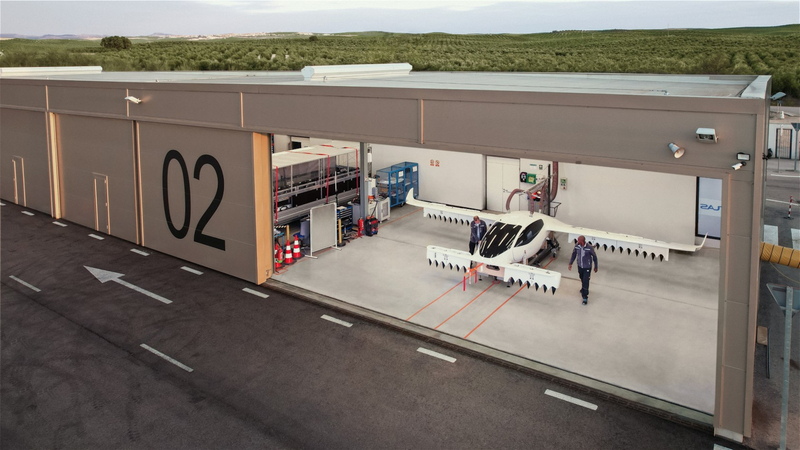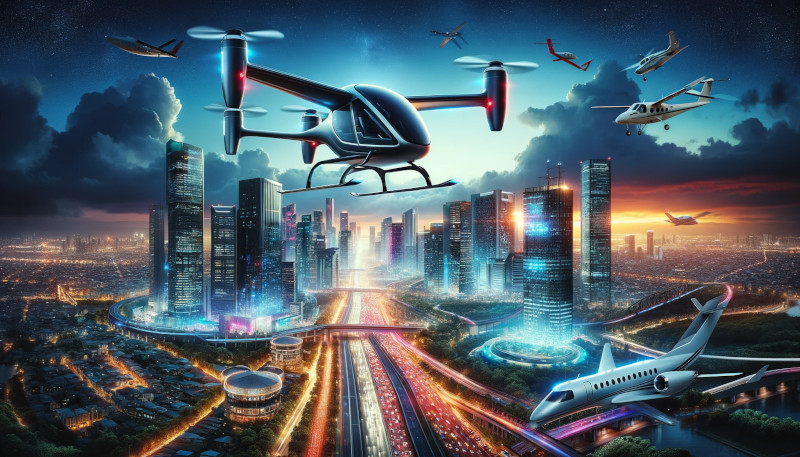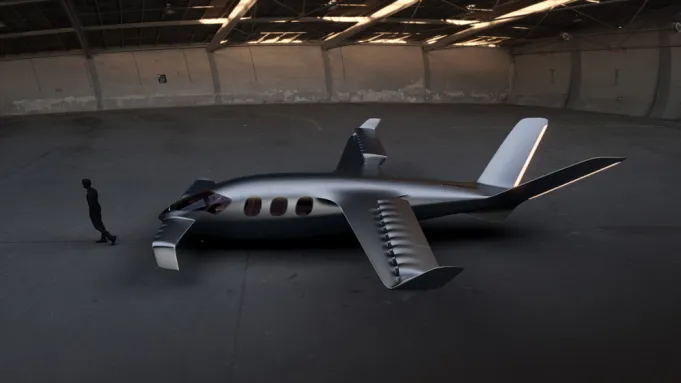The aviation industry is on the brink of a momentous transformation with the emergence of electric aircraft as a viable and sustainable alternative. These innovative aircraft have the potential to revolutionize both commercial and business aviation, offering significant financial benefits and addressing environmental concerns related to carbon emissions. However, as with any emerging technology, electric aircraft face challenges that must be addressed to ensure their successful integration into the aviation landscape.
Financial Viability of Electric Aircraft:
Electric aircraft present a compelling opportunity for aviation industry businesses seeking cost-saving measures. Their simplified design eliminates the need for complex and expensive components in traditional aircraft, reducing manufacturing and maintenance costs. Moreover, the absence of aviation fuel drastically lowers operating expenses, making electric aircraft an attractive prospect for companies aiming to optimize their finances.
Despite these benefits, electric aircraft incur higher upfront costs due to expensive battery technology. However, industry experts believe the long-term savings from reduced operational expenses can offset this initial investment. Businesses interested in adopting electric aircraft should carefully assess their specific operational requirements and travel distances to determine the financial viability of this transition.
Regulatory Hurdles and Safety Concerns:
The regulatory environment for electric aircraft is still evolving, and the establishment of specific regulations governing their operation in the business aviation sector is underway. Companies interested in operating electric aircraft may need to collaborate with regulatory authorities to shape comprehensive frameworks that consider these aircraft's unique characteristics and challenges.
A critical safety concern related to electric aircraft lies in their lithium-ion batteries, which power the aircraft. These batteries have the potential to ignite during the charging process, leading to thermal runaway and system failure. Addressing these safety concerns necessitates developing and implementing stringent regulatory standards that ensure the safe operation of electric aircraft.
The Federal Aviation Administration (FAA) in the United States and the European Union Aviation Safety Agency (EASA) have initiated efforts to establish airworthiness standards for electric aircraft, focusing on battery safety and other critical aspects.
Technical Challenges and Future Developments:
Several technical challenges must be addressed for the widespread adoption of electric aircraft. Advancements in battery technology are pivotal to realizing the full potential of electric aircraft. Batteries can store around 250-270 Watt-hours of energy per kilogram (Wh/kg). Still, experts argue that an energy density of 350 or 400 Wh/kg is needed for electric aircraft to reach their full potential.
Ongoing research and development efforts are dedicated to improving battery technology, with companies like Cuberg showcasing impressive results. Cuberg specializes in lithium metal batteries and has successfully developed batteries with an energy storage capacity of 369 Wh/kg. These breakthroughs signify the continuing efforts to push the boundaries of battery technology.
Transitioning from conventional piloted flights to automated flight systems is another crucial challenge. The development of autonomous capabilities and the integration of artificial intelligence are necessary to enable a seamless transition and ensure the widespread adoption of electric aircraft.
The affordability of electric aircraft will be instrumental in their market adoption. As technology evolves and production scales up, costs are expected to decrease, making electric aircraft more accessible to a broader market, further driving their potential growth.
The rise of electric aircraft represents a pivotal moment in the aviation industry's history, promising a sustainable and cost-effective alternative to traditional aircraft. While challenges exist, including financial viability, regulatory hurdles, safety concerns, and technical obstacles, ongoing research and development efforts are steadily overcoming these barriers.
With each technological breakthrough, the dream of electric aircraft taking flight becomes more tangible, paving the way for a greener, safer, and more innovative aviation sector. As collaborations between industry stakeholders and regulatory authorities progress, the future of electric aircraft looks bright. The aviation industry stands poised to embrace electric aircraft as the norm rather than the exception, ushering in a new era of sustainable flight.
Companies Leading the Electric Aircraft Revolution
Several companies have emerged as leaders in the electric aircraft industry, paving the way for a more sustainable future in aviation. These companies are developing innovative electric aircraft that are already in service or will be commercially available soon.
Eviation Alice:
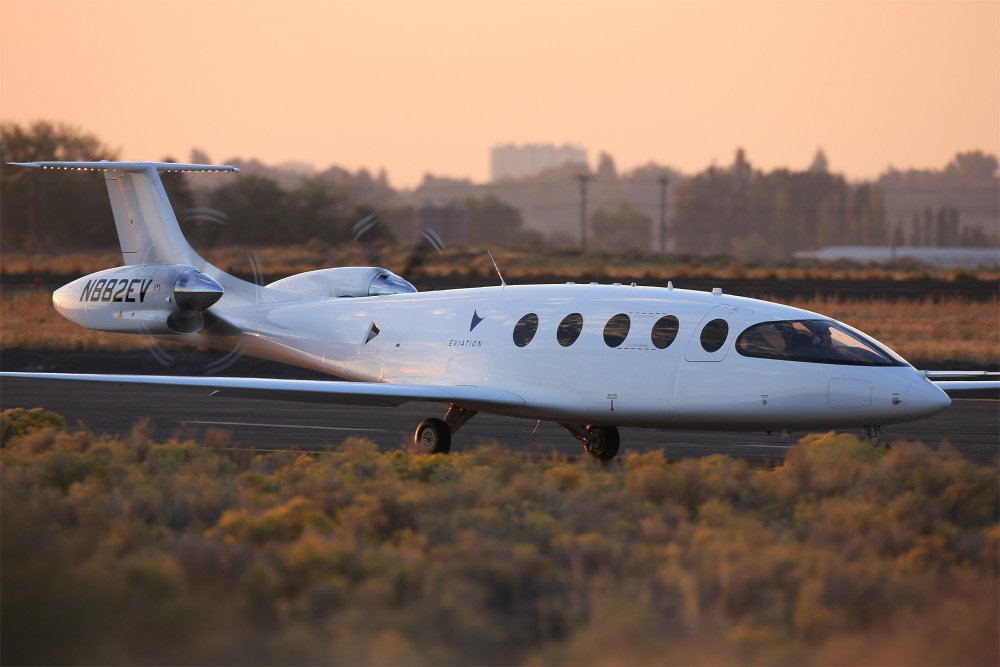
Eviation Alice is an all-electric aircraft designed for regional transportation. The aircraft offers improved efficiency and reduced noise with a unique design featuring three propellers. It is expected to be commercially available in 2027, with a range of up to 650 miles and the capacity to accommodate nine passengers. Eviation Aircraft aims to complete type certification and service entry for the Eviation Alice by 2027, with orders already secured for at least 150 aircraft.
Eve eVTOL
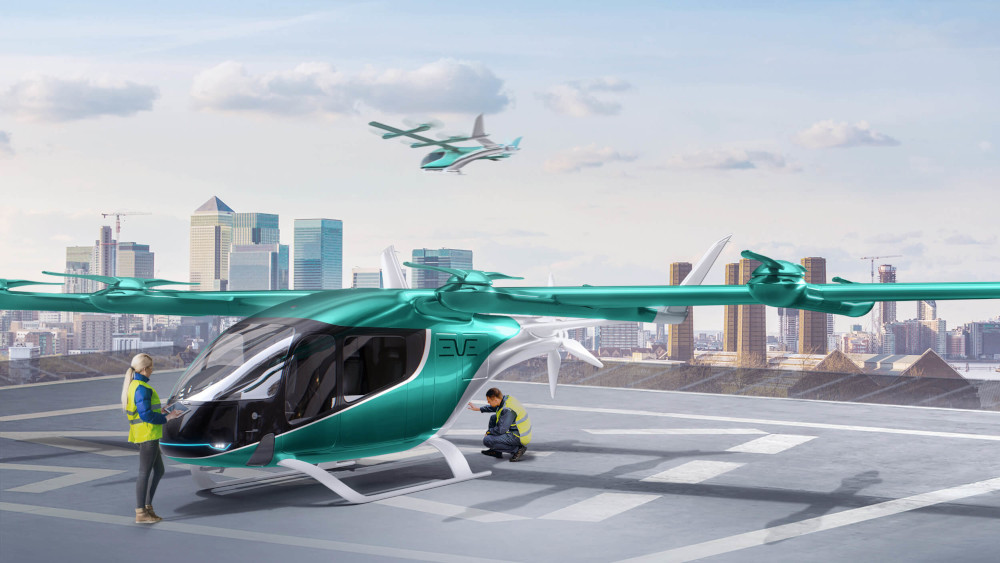
Eve Air Mobility, a company that emerged from Embraer, is focused on creating a complete urban air mobility (UAM) ecosystem. Their flagship product, the Eve eVTOL, offers a safe, quiet, and efficient mode of transportation within urban areas. With the ability to carry up to four passengers and a pilot, the Eve eVTOL has a range of up to 60 miles and can take off and land vertically in small spaces. It is designed to be more environmentally friendly and cost-effective than traditional ground transportation in urban areas.
Joby Aviation eVTOL
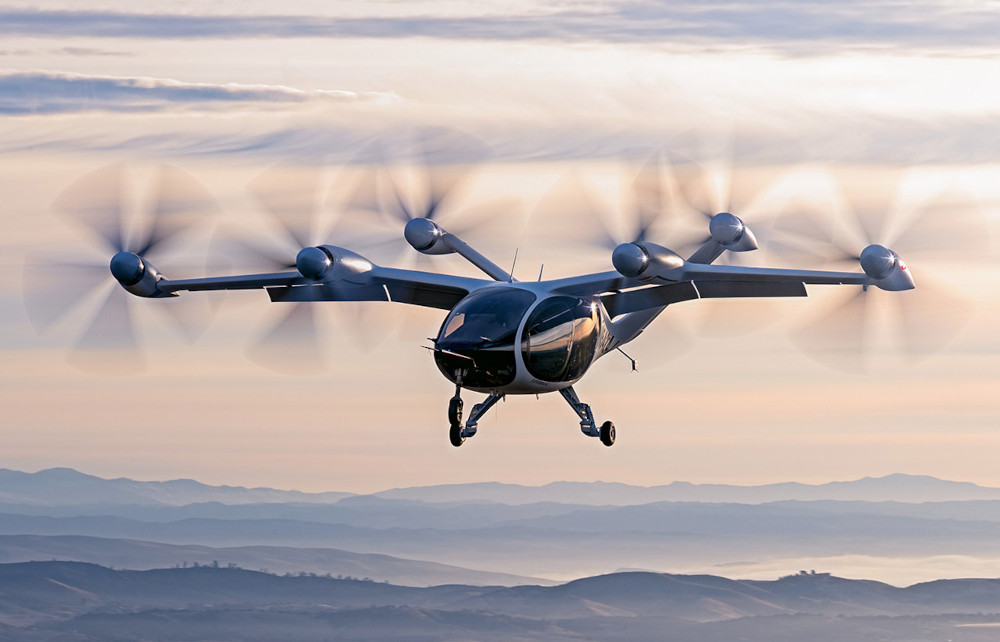
Joby Aviation is developing an electric vertical takeoff and landing (eVTOL) aircraft for urban air mobility. The Joby Aviation eVTOL can carry up to four passengers and a pilot and has a range of up to 150 miles. With advanced technology and an innovative design, the aircraft aims to provide a more efficient and environmentally friendly alternative to traditional ground transportation in urban areas.
Bye Aerospace
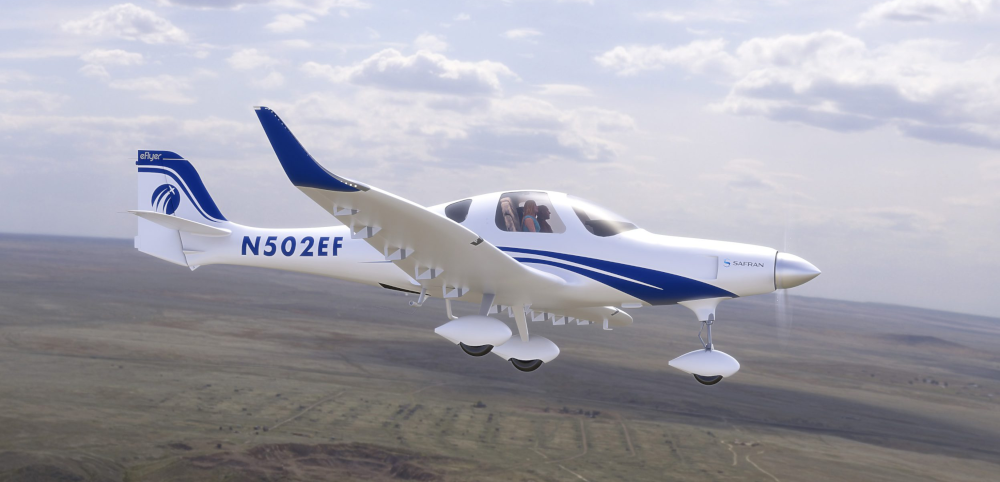
Bye Aerospace specializes in developing electric aircraft, with their flagship product being the eFlyer. The eFlyer is an all-electric training aircraft designed for flight training and general aviation. With a range of up to 220 miles and a cruising speed of 135 knots, the eFlyer offers a more environmentally friendly and cost-effective alternative to traditional training aircraft.
Dufour Aerospace
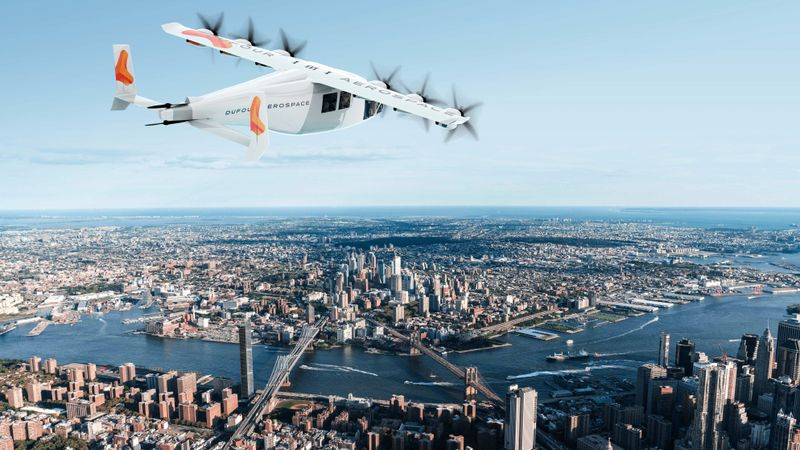
Dufour Aerospace, a Swiss company, focuses on developing hybrid-electric tilt-wing aircraft for regional transportation. The aEro 2, their flagship aircraft, can carry up to four passengers and has a range of up to 600 miles. With a combination of electric and conventional combustion engines, the aEro 2 offers a more fuel-efficient and environmentally friendly option for regional transportation.
Ampaire EEL
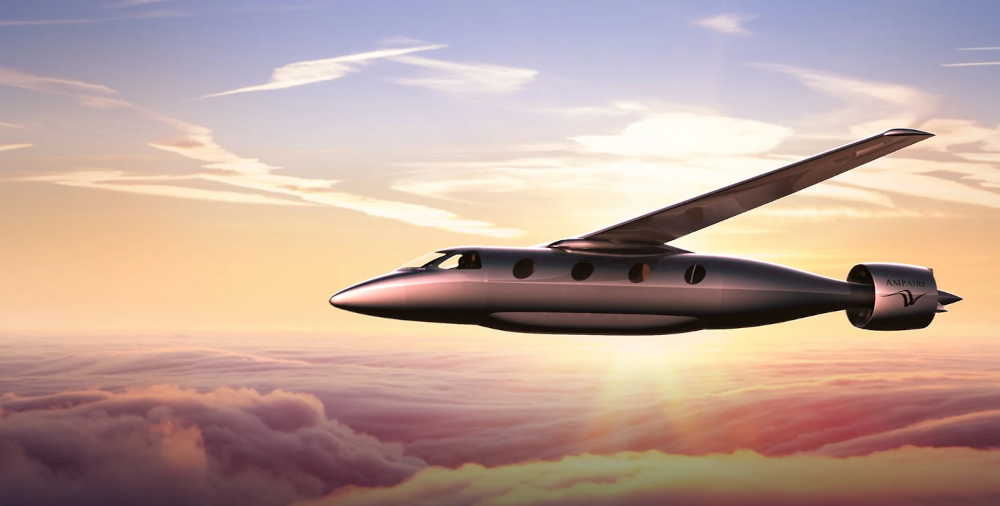
Ampaire EEL is a hybrid-electric aircraft designed for regional transportation. With the capacity to carry up to nine passengers and a range of up to 500 miles, the EEL is currently in service and used for commercial flights in Hawaii. Its successful deployment demonstrates its potential to reduce emissions and improve efficiency in the aviation industry.
Plana
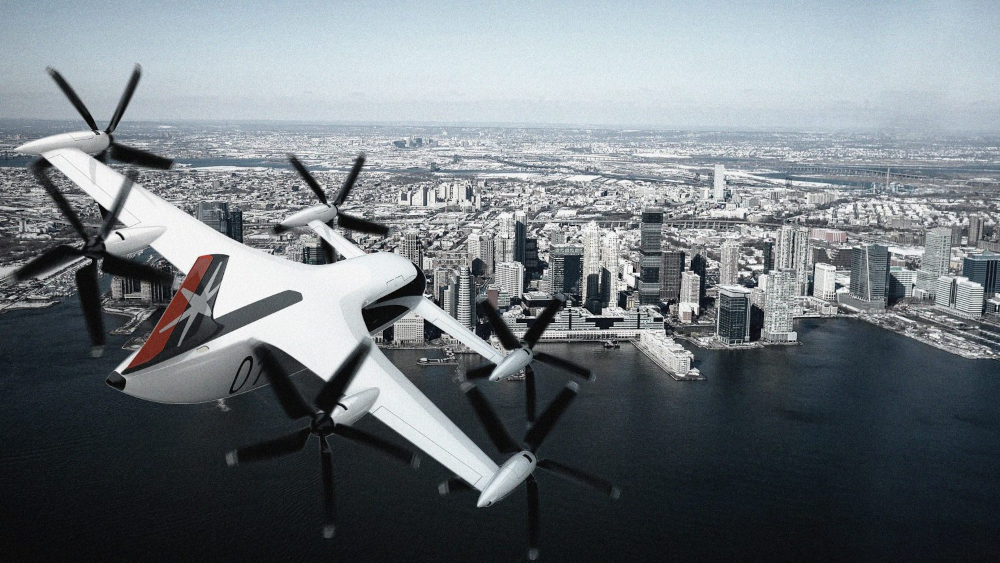
Plana, a South Korean start-up, is preparing to apply for FAA-type certification for its five-seat VTOL aircraft. The company aims to integrate off-the-shelf turbogenerators, electric motors, and batteries to power their aircraft. With flight tests underway, Plana envisions a future where its hybrid-electric aircraft can operate over 500 kilometers and potentially transition to hydrogen fuel.

